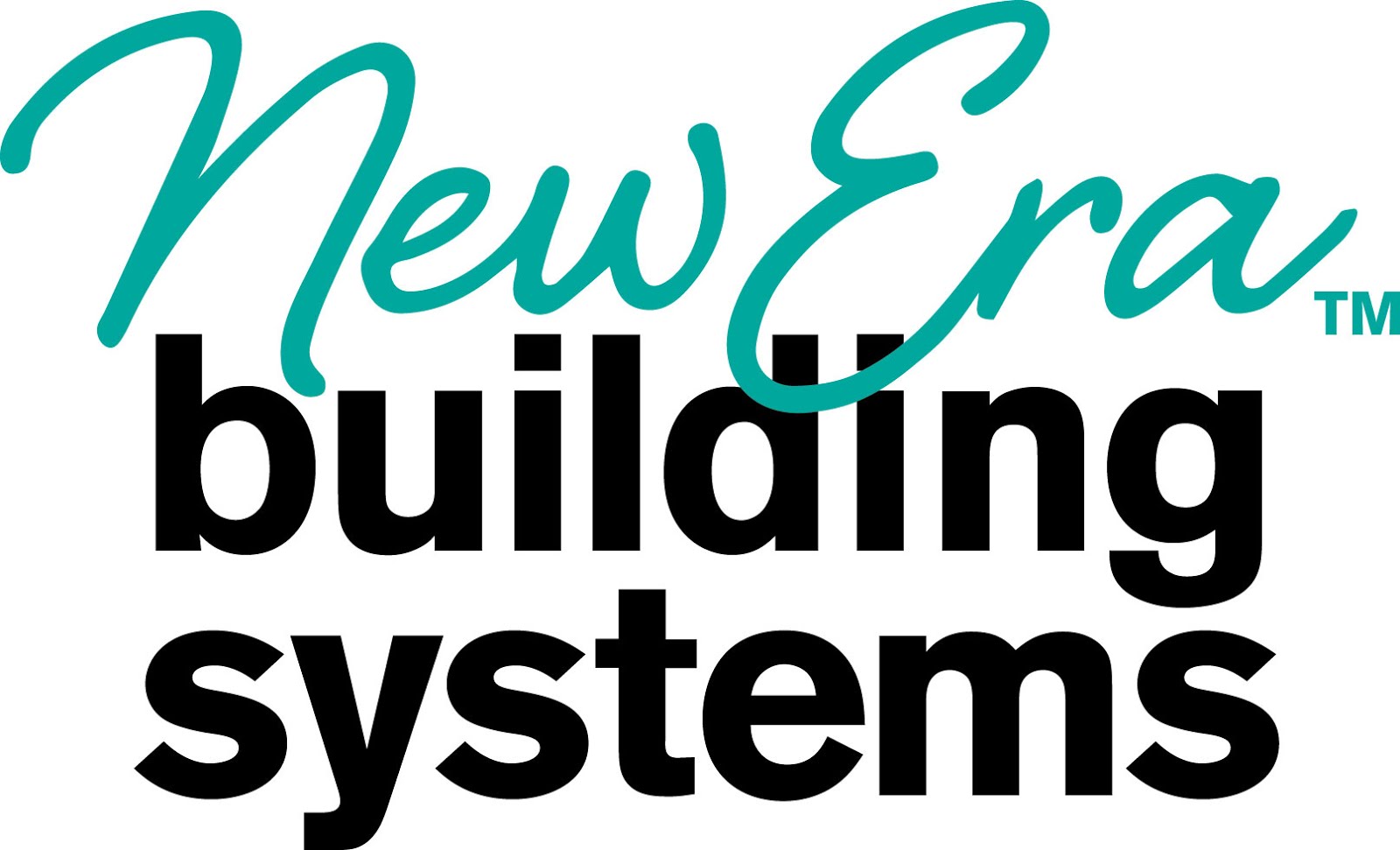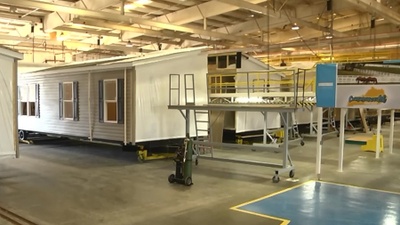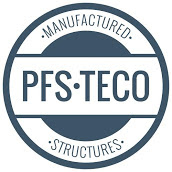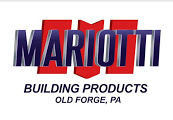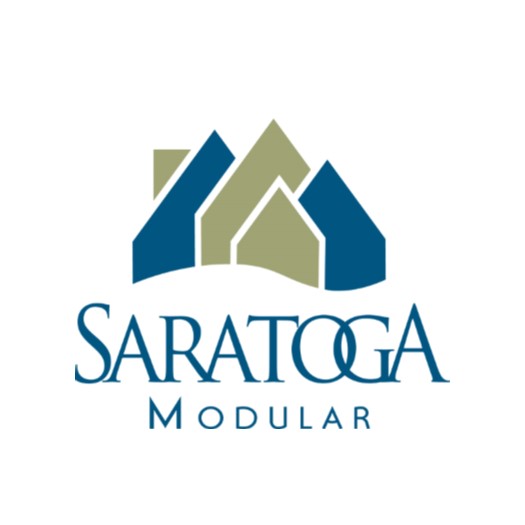If you’ve been in this industry for any length of time, you’ve heard the big numbers — Cavco Industries has 31 manufacturing facilities, Champion Homes has 46, and Clayton Homes has 40. These aren’t random warehouses either; they’re full-scale home production plants, churning out thousands of units every year.

Photo – Skyline Champion Homes – HUD
Now, look at the IRC modular side of the business. How many factories have more than one location? Maybe two, three at most — and that’s across the entire U.S. The overwhelming majority are one-plant operations, and many struggle just to keep that single facility at full capacity.

Photo – Icon Legacy Modular Custom Homes
It’s a glaring contrast, and it begs the question: Why can HUD-code manufacturers build sprawling empires while modular builders can’t seem to get a second address?
One Code to Rule Them All
HUD-code manufacturers play by a single rulebook — the federal HUD building code. This code applies to every manufactured home sold in the U.S., regardless of whether it’s shipped to Arizona, Maine, or Florida. The beauty of this system is that a plant in Texas can produce the exact same model that a plant in Pennsylvania does, without spending weeks re-engineering for local building department quirks.
By contrast, IRC modular builders face a dizzying array of regional building codes. In one state, you might need a roof rated for a 50-pound snow load. Cross the state line, and now you need hurricane strapping, upgraded wind load calculations, and different insulation R-values. Even counties and municipalities can pile on extra requirements. Every variation chips away at production efficiency, complicates the design process, and makes standardizing across multiple factories much harder.
HUD companies scale because their design work is done once, and then it’s plug-and-play across the nation. Modular builders can’t replicate that efficiency because their “playbook” changes every time they cross a border.
Volume vs. Customization
Walk into a HUD-code plant and you’ll see a production line that looks a lot like an automotive assembly line. The product range is narrow — maybe 15–20 floorplans — and customization is limited to a few cosmetic options like siding colors, cabinet finishes, or countertop styles. That means the production crew can learn their tasks once and repeat them thousands of times a year. Workers become specialists, mistakes drop, production speeds rise, and the company achieves real economies of scale.
In a modular plant, every home can be different. One week, it’s a 3,200-square-foot coastal home with a wraparound porch; the next week, it’s a two-story farmhouse for a snow belt county with specific energy code requirements. That variety may keep designers and builders creatively engaged, but it slows down throughput. Line workers have to constantly adapt to new floorplans and unique requests, which kills the rhythm and consistency you need to support multiple plants producing the same product.
The HUD giants thrive on repetition. The modular industry thrives on flexibility — but flexibility is harder to scale.
Sales Channels Matter
HUD manufacturers feed a massive machine: their dealer networks. Thousands of retail lots across the country are constantly ordering inventory, creating steady, predictable demand. These dealers are motivated to move units, and when they do, they call the factory to send more. It’s a perpetual cycle that keeps every plant busy.

Modular builders don’t have this luxury. Their “sales network” is usually a mix of local builders, developers, and a handful of direct-to-consumer projects. Orders come in bursts, not streams, and they’re tied to the construction schedules of site crews, financing approvals, and permitting timelines. That uneven flow makes it hard to keep even one plant fully booked year-round, let alone multiple plants.
HUD’s dealer-driven model fuels predictable high-volume production. Modular’s project-driven model keeps production slower, less predictable, and much riskier to scale.
The Capital Game
It’s no coincidence that Clayton, Cavco, and Champion are all billion-dollar corporations. They have the balance sheets to buy competitors, build new plants, weather downturns, and still make payroll when demand dips. They also have access to financing options most modular operators could only dream about.
Most IRC modular plants are owned by a small group of partners or even a single entrepreneur. Expansion means betting the farm — taking on massive debt, hiring a second management team, and hoping the orders keep coming. One bad year, and the whole business could collapse. It’s no wonder many modular builders stick to perfecting their one plant instead of gambling on a second.
5 Brutal Truths About Modular Expansion
1. Your Second Plant Won’t Save You If the First Isn’t Profitable
Too many owners think, “We’ll make more money if we make more houses.” If your first facility isn’t already running like a well-oiled, profitable machine, a second plant just doubles your problems.
2. You Can’t Clone Yourself
Every successful plant has strong leadership. Unless you’ve got a second you — someone who knows the business inside and out and can make hard decisions daily — Plant #2 will eat you alive.
3. The Code Maze Gets Worse, Not Better
Building in a new state doesn’t just mean a new address. It means new inspectors, new code requirements, and new headaches. HUD doesn’t deal with this. Modular does.
4. Sales Pipelines Don’t Magically Double
If you think the market is just waiting for your second plant, you’re in for a shock. Without a rock-solid sales network in place before you open, that second factory may sit half empty.
5. Capital Is Patient — Banks Are Not
HUD giants can ride out slowdowns because they have deep pockets. Modular builders who take out a big loan to expand don’t get that luxury. Miss a couple months’ targets, and you’ll learn what “loan covenant” really means.
My Final Thoughts
HUD-code giants scale because they’ve engineered a business model around standardization, repetition, proximity to customers, and predictable demand. Modular builders operate in a fragmented code environment, with custom-driven orders, smaller sales networks, and higher capital risk.
Until modular construction can standardize more of its products, sales channels, and production processes, and possibly adopt a Federal National Building Code, it will remain an industry dominated by single-plant operators — while Clayton, Cavco, and Champion continue to add to the map.
.
With over 9,000 published articles on modular and offsite construction, Gary Fleisher remains one of the most trusted voices in the industry.
.
CLICK HERE to read the latest edition
Contact Gary Fleisher



